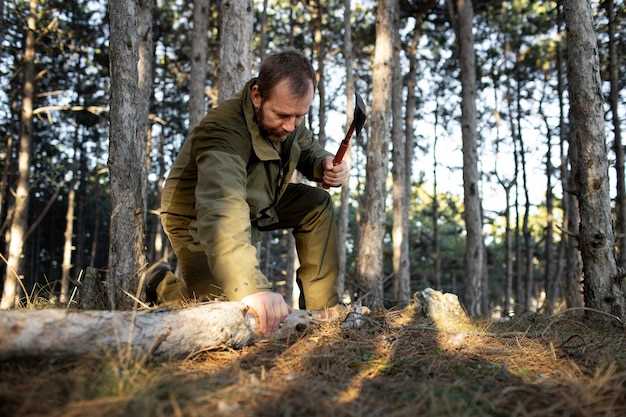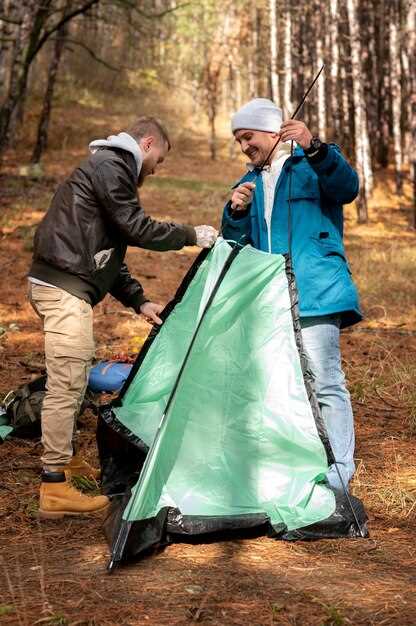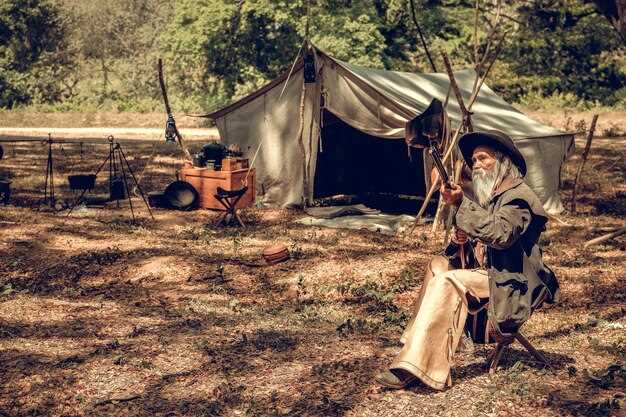
When embarking on a bowhunting adventure, the significance of a reliable tent cannot be overstated. A well-chosen shelter provides not only protection from the elements but also a comfortable space where you can prepare for your hunting expeditions. The right tent can make the difference between a successful trip and one filled with discomfort and frustration.
There are various factors to consider when selecting a tent for your bowhunting needs. The type of shelter you choose should align with the specific conditions of the terrain you’ll be encountering. From lightweight options for backpacking to more robust structures for extended stays in the wilderness, understanding these needs will help ensure that your hunting experience is enjoyable and productive.
Another critical aspect is the tent’s design and functionality, which can greatly affect your ability to pack and set up quickly. Look for features such as easy setup, durability against weather conditions, and sufficient space for storing gear and equipment. Investing time in understanding what makes an ideal bowhunting shelter will ultimately enhance your outdoor experience and improve your chances for success in the field.
Features to Look for in a Bowhunter Tent

When selecting a tent for bowhunting, the primary consideration is ensuring it provides adequate shelter while being functional and practical for your specific needs. One of the key features to look for is the tent’s size. It should accommodate not only your sleeping gear but also allow room for your bow and any additional hunting equipment without feeling cramped.
Another important aspect is the tent’s weather resistance. Choose a model made from waterproof materials with a durable rainfly to protect against unexpected rain showers. Look for tents with high waterproof ratings and sealed seams, ensuring you stay dry while out in the field.
Ventilation is also crucial, especially during warmer months. Proper airflow helps reduce condensation inside the shelter, which can be uncomfortable and may affect your gear. Opt for a tent with multiple vents and windows that can be easily opened and closed as needed.
Ease of setup is a feature that can significantly enhance your outdoor experience. A tent that can be pitched quickly will save you time and energy, allowing you to focus on your bowhunting activities instead of struggling with complicated assembly processes. Look for designs that include color-coded poles or intuitive setups.
Camouflage options are another consideration, as a tent that blends into the environment can help you remain undetected by wildlife. Many hunting tents come in different patterns that can be beneficial for stalking or capturing game.
Finally, portability and weight should not be overlooked. A lightweight, compact tent will be easier to carry during your hunting expeditions, allowing for more mobility. Make sure to choose a model that packs down small and fits comfortably in your gear bag.
Best Tent Designs for Weather Protection
When selecting a tent for bowhunting adventures, weather protection should be a top priority. The right shelter can make all the difference in unpredictable conditions, ensuring that hunters remain dry and comfortable. Here are some of the best tent designs that excel in weather resilience.
First and foremost, a dome tent design is highly effective for wind resistance. The rounded shape helps deflect wind, reducing the risk of damage. Additionally, these tents often feature sturdy poles and a taut rainfly, providing excellent waterproofing. Look for models with a high bathtub floor to keep water from pooling inside.
Another ideal option is the tunnel tent. Its elongated shape offers ample space and stability in harsh weather. Tunnel tents generally allow for optimal ventilation, which can prevent condensation inside during humid conditions. Make sure to choose versions with reinforced seams and a ripstop fabric for added durability against heavy rain or snow.
The four-season tent is specifically designed for extreme weather conditions. These shelters are built to withstand high winds and heavy snowfall, making them perfect for bowhunting in winter months. With stronger poles and a lower profile, four-season tents prioritize stability and heat retention, ensuring that hunters stay protected in cold climates.
For those who prefer a lightweight option, an ultralight tent can be suitable. While these shelters may be less robust than their heavier counterparts, many models are specifically engineered with weather resistance in mind. Look for ultralight tents made from advanced materials that provide a good balance between weight and waterproof capabilities, ensuring effective protection without sacrificing portability.
Lastly, a roof-top tent may be an innovative choice for bowhunters. Mounted on vehicles, these shelters offer a unique vantage point for spotting wildlife while keeping hunters elevated above damp ground. Most roof-top tents come with a built-in rainfly and durable construction, providing excellent weather resistance combined with convenience.
In conclusion, when selecting a tent for bowhunting, consider the weather conditions you will face. Whether you choose a dome, tunnel, four-season, ultralight, or roof-top tent, ensure that it prioritizes shelter and protection against the elements for a successful hunting experience.
Size and Weight Considerations for Mobility

When selecting a tent for bowhunting adventures, size and weight are critical factors that directly affect your mobility in the field. A lightweight shelter that is easy to carry can significantly enhance your ability to navigate challenging terrains, especially when you need to set up camp quickly and efficiently.
Firstly, the weight of the tent should be a top priority. Opt for materials that offer a balance between durability and lightweight design. Generally, tents made from advanced fabrics, such as rip-stop nylon or polyester, provide excellent strength without adding unnecessary bulk. A tent weighing around 3 to 5 pounds is ideal for most bowhunters, allowing for easy transportation without compromising on space or comfort.
Secondly, consider the packed size of the shelter when it’s in your backpack. Choose models that can compress well to minimize space. Compact tents are easier to store alongside other hunting gear and won’t hinder your movement. Most manufacturers provide packed dimensions, so look for options that can fit snugly in your pack.
Additionally, assess the tent’s size when set up. A shelter that provides adequate living space is essential but should not be oversized. A two-person tent often suffices for solo bowhunters, offering enough room for gear storage while remaining lightweight. The height of the tent also matters; taller models can add weight and take up more space, so ensure you choose a height that accommodates your needs without excess.
In conclusion, the correct balance of size and weight in a tent can enhance your mobility during bowhunting trips. By prioritizing lightweight materials, compact packing, and appropriate dimensions, you can focus on what truly matters in the field: your hunting experience.



